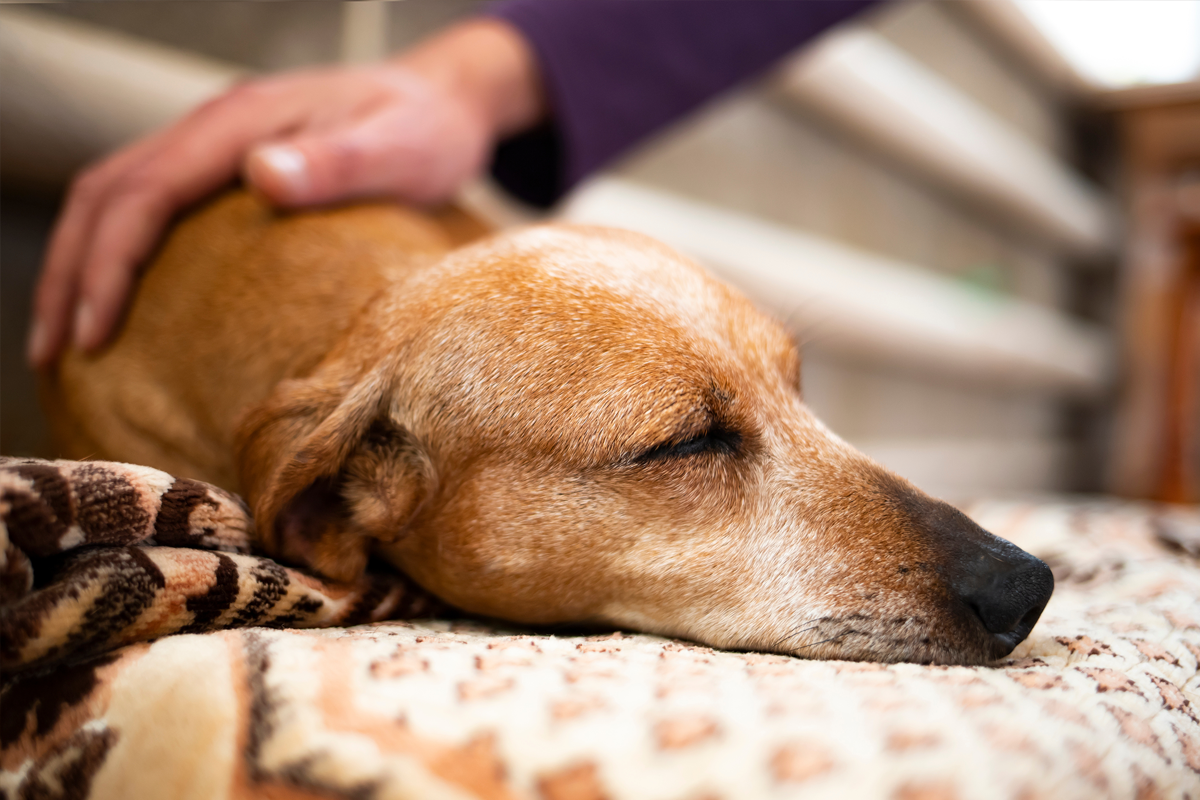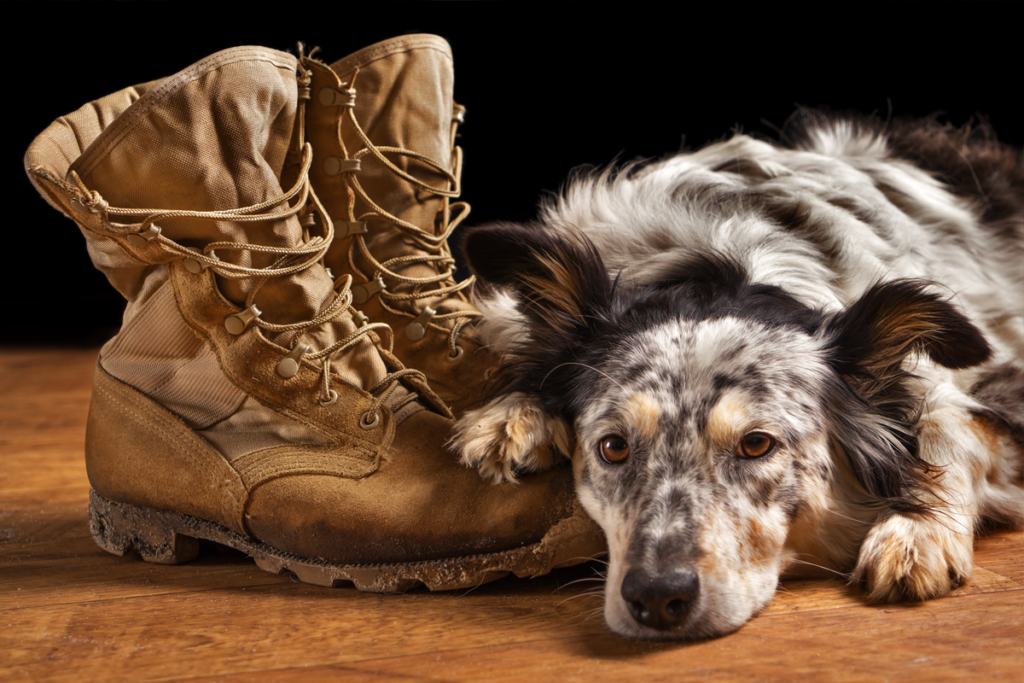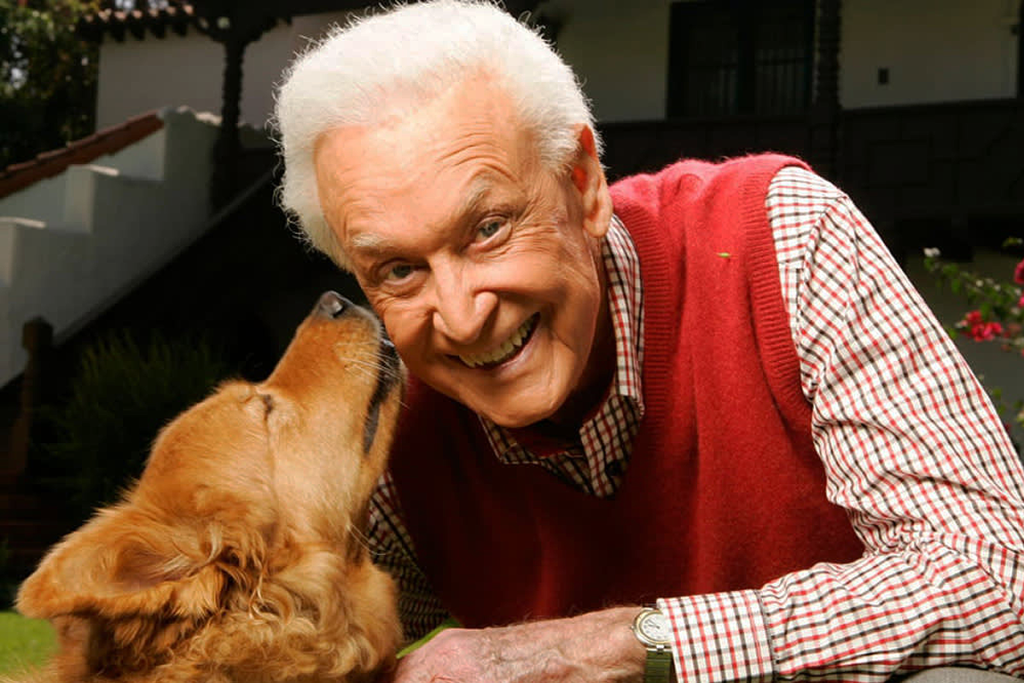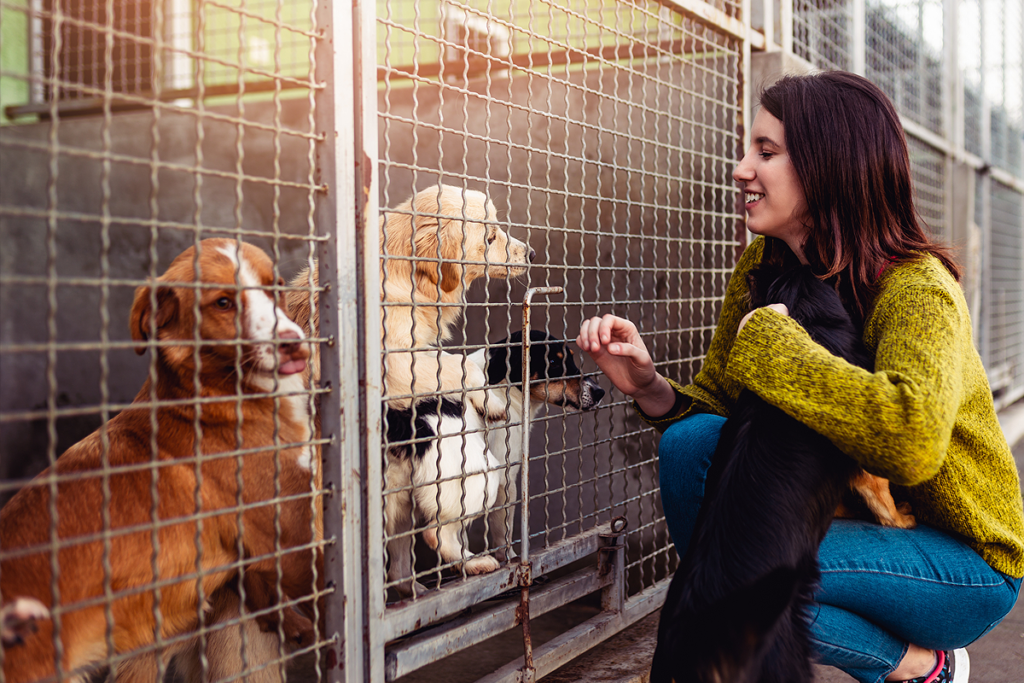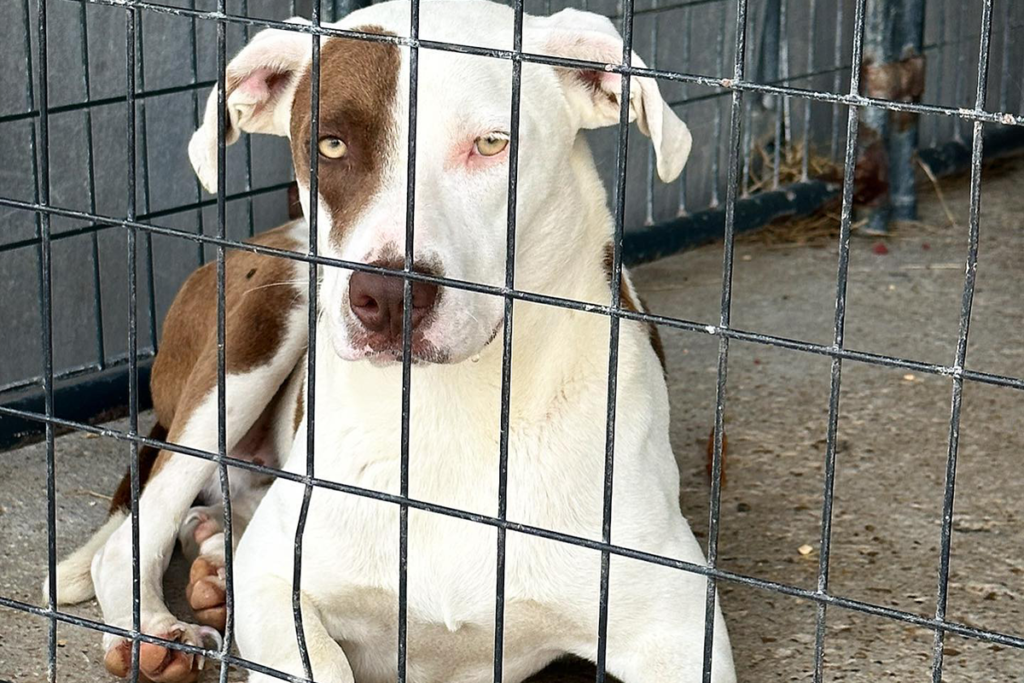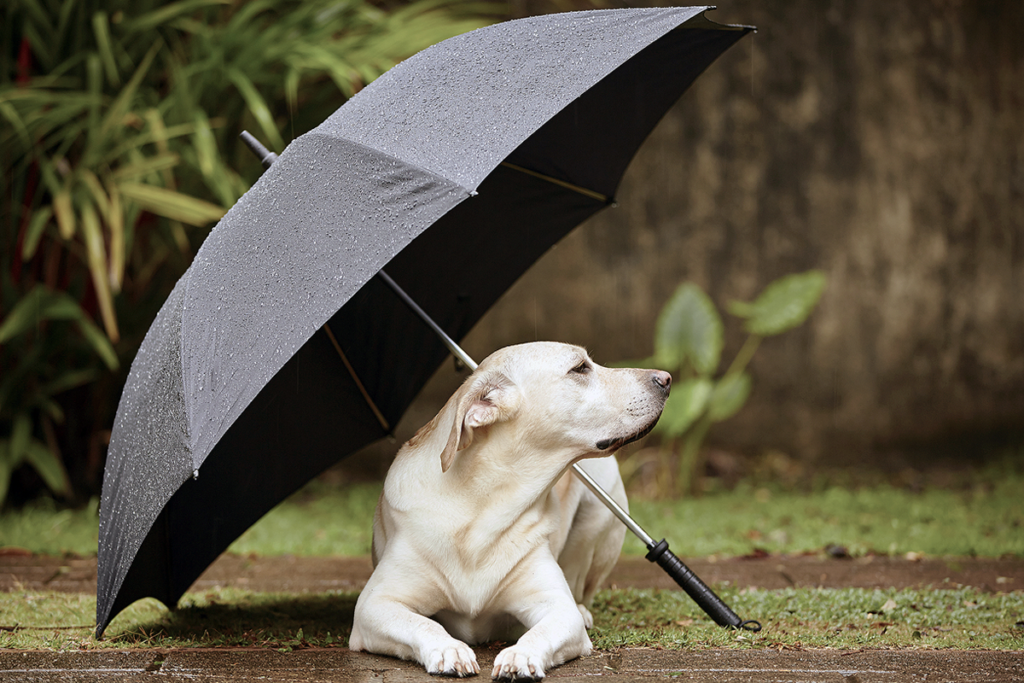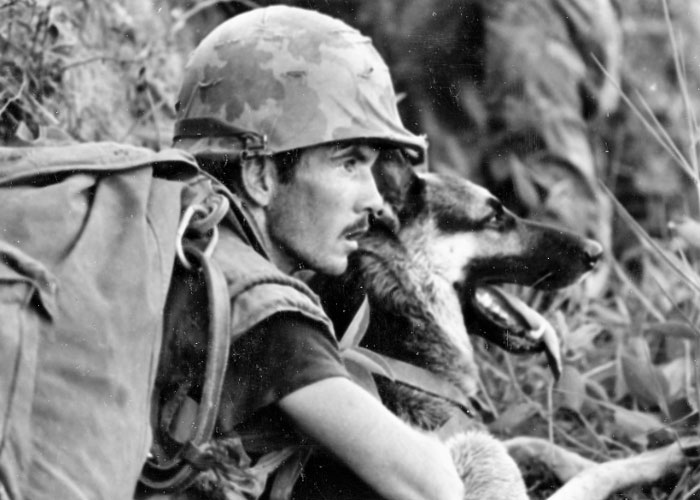With a long, cold winter giving way to warm, spring days we’re growing more and more anxious to get outside and enjoy the sunshine…especially if we have four legged friends who are also itching to shed the last bits of cabin fever. While fun is much deserved for us all, it’s important to be prepared for a headlong run into summer, which nearly always leads to a bump and bruise or two. But what about our furry friends? They, too, can sometimes find themselves on the receiving end of an unforeseen injury.
April is National Pet First Aid Awareness Month, so it’s the perfect time to familiarize yourself with some facts and basic first aid information to be prepared for such emergencies should they arise. It can also help you avoid the feelings of panic that usually comes along with these situations. While first aid is not a substitute for veterinary care, but it may save your pet’s life until you can get them to a veterinarian. In the event of an emergency, call your veterinarian or local veterinary emergency hospital so they can be ready when you arrive.

BOW WOW OW-CH
An injury may not only cause your pet pain, but also fear and confusion. These things can make even the gentlest of pets unpredictable or even dangerous. To protect you both:
- Avoid any attempt to hug an injured pet.
- Keep your face away from your pet’s mouth.
- Apply a muzzle if your pet threatens to bite.
- Whenever possible, ask other people to help you move your pet.
BREAKS, BLEEDS OR BITES…YIKES
FRACTURES
- Gently lay your pet on a flat surface for support.
- If possible and safe, try to stabilize the injury by bandaging or splinting it before moving your pet. Since a poorly applied bandage or splint can do more harm than good, leave this step to the veterinarian if you’re uncertain.
- While transporting your injured pet to a veterinarian, keep them confined in a small area to reduce the risk of additional injury. Pet carriers work well, or you can use a box or other container (but make sure your pet has enough air). For large dogs, use a board, sled, blanket, or something similar to act as a stretcher.
EXTERNAL WOUNDS
- Use a clean cloth or towel to apply firm pressure directly over the bleeding site.
- Avoid checking to see if the bleeding has stopped until you’ve applied pressure for at least three minutes.
- If the bleeding is severe, immediately take your pet to the closest veterinary hospital. If you see blood soaking through the applied towel/cloth, do not remove it. Instead, add towels on top of previous layers to avoid disturbing any blood clots that might have formed.
BURNS
- Flush the burn with room temperature water. This process may be painful so take appropriate precautions, such as applying a muzzle, to avoid being scratched, bitten, or otherwise injured.
- Cover the burned area with towels dampened with room temperature water.
- Seek immediate veterinary care.
EYE INJURIES
- Eye injuries are painful and can quickly worsen, becoming a threat to your pet’s sight.
- If you can see something in your pet’s eye, such as a piece of dirt or grass, try using saline solution to gently flush out the object.
- Avoid trying to grab the object with a tool or your fingers.
- Prevent your pet from rubbing the eye with their paws or against objects, such as furniture, carpeting, or you.
- Immediately seek veterinary care.
SNAKE BITES
- Assume the snake is poisonous. Seek veterinary care immediately.
- Try to identify the snake or take a picture of it, if this can be done while remaining out of reach. Do not try to capture or kill the snake.
Do not bring the snake into the veterinarian’s office—a photograph will do!

DOG DAYS CAN BE DANGEROUS
The “dog days of summer” refer to the period of the hottest, most humid days of summer, typically from July 3rd to August 11th and is a time many animals are susceptible to heat exhaustion and dehydration. When playing ball or on a hike, dogs tend to overexert themselves when they’re having fun. It’s our job to make sure they don’t overheat, but if they’re exhibiting symptoms of a heat stroke, it should be taken seriously, and you should respond accordingly.
HEATSTROKE
Signs of heatstroke include rapid breathing/heavy panting, excessive drooling, weakness or drowsiness, confusion, vomiting or diarrhea, and abnormally colored, dry or sticky gums.
- Take your pet to the closest veterinary hospital as soon as possible and begin cooling them right away.
- If your pet is in direct sunlight, move them to a shaded area or comfortably cool indoor environment.
- Place towels wetted with room-temperature water gently around your pet’s neck, in the armpits, and in the groin area. Rewet and replace the towels every few minutes.
- Avoid putting your pet in a tub of cool or cold water, which can make their condition worse.
- If a fan is available, use it to directly blow cool air onto your pet.
SHOCK
Signs of shock include a weak pulse, shallow breathing, nervousness, and dazed eyes. This usually follows severe injury or extreme fright.
- Keep your pet restrained, warm, and quiet.
- If your pet is unconscious, keep their head level with rest of body.
- Immediately take your pet to the closest veterinary hospital.

IF YOU HAVE TO TAKE MATTERS INTO YOUR OWN HANDS
Learning CPR is both a loving and responsible measure to take for your family. Our pets are family too, and thankfully we resuscitation options for them as well.
With that in mind, the American Red Cross offers a Cat and Dog First Aid online course that will help you be prepared to deliver first aid care for your pets – including CPR. To learn more and register for this online course, visit www.redcross.org/catdogfirstaid.
Here are the steps:
Check for breathing and a heartbeat
Check to see if the pet is breathing and check for a heartbeat. If you do not see your pet’s chest moving and cannot find a heartbeat, begin CPR with chest compressions.
Give chest compressions
Place your hands on your pet as follows:
- For cats, small dogs and deep chested dogs, place the heel of one of your hands directly over the pet’s heart and place your other hand directly over the first hand.
- For deep chested dogs, place the heel of one hand over the widest part of the chest and place your other hand directly over the first hand.
- For barrel chested dogs, place the dog on its back, place one hand over the widest part of the sternum, and place your other hand directly over the first hand. Lock your elbows and make sure your shoulders are directly above your hands.
Then, push hard and push fast at a rate of 100-120 compressions per minute, compressing 1/3 to 1/2 the width of your pet’s chest. Make sure the chest comes back fully (recoils) before compressing again.
Perform 30 chest compressions
Then give rescue breaths
To give rescue breaths, gently close the pet’s mouth and extend the pet’s neck to open the airway. Cover your pet’s nose with your mouth and exhale until you see the pet’s chest rise. Give a second rescue breath.
Continue CPR
Continue giving CPR with a cycle of 30 chest compressions and 2 rescue breaths until your dog or cat begins breathing again on its own.
Check again for breathing and a heartbeat
Briefly check for breathing and a heartbeat every 2 minutes.
Get help
Continue CPR until you reach a veterinary hospital.
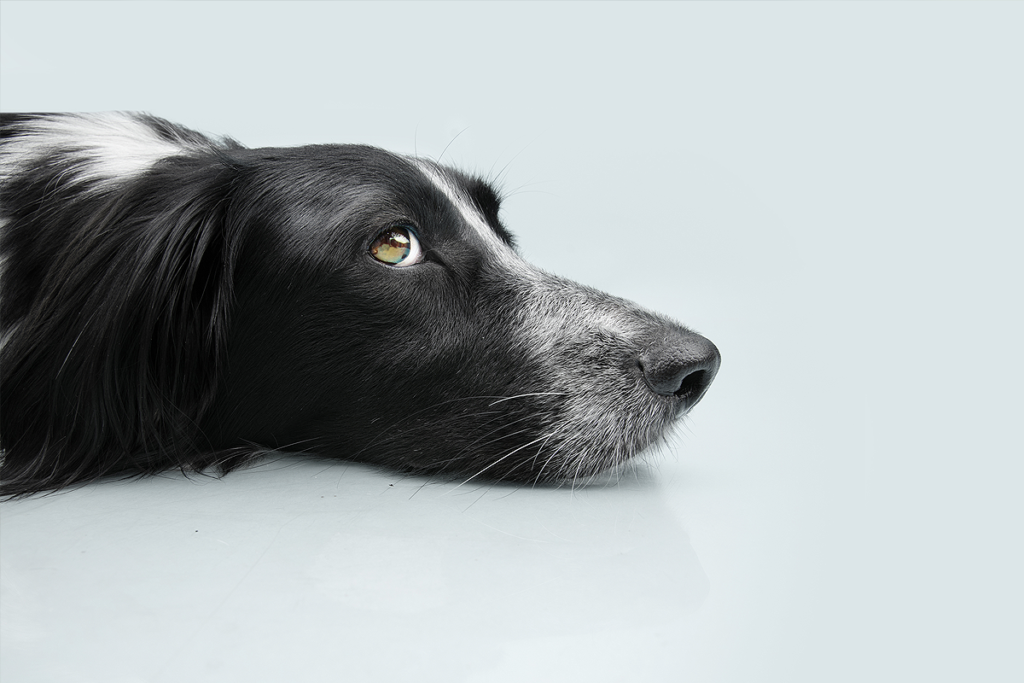
PACK A BAG
Keep a kit of basic first aid supplies for the pets in your household. Many items in a family first aid kit can be used for pets, too. Your veterinarian may recommend additional items for your kit based on your pet’s medical condition, but this list is a great start:
- Important phone numbers (veterinarian, emergency hospital, poison control, animal control, nonemergency police)
- A copy of your pet’s medical record, including any medications your pet is receiving
- Digital thermometer to take your pet’s temperature
- Muzzle to prevent bites (DO NOT muzzle your pet if they are vomiting.)
- Spare leash and collar
- Gauze roll for wrapping wounds or muzzling an injured animal
- Clean towels for restraining cats, cleaning, or padding
- Nonstick bandages or strips of clean cloth to control bleeding or protect wounds
- Self-adhering, nonstick tape for bandages
- Adhesive tape for securing bandages
- Scissors with blunt ends for safely cutting bandage materials
- Disposable gloves to protect your hands
- Small flashlight for examining eyes, wounds, etc.
- Tweezers to remove small foreign objects
- Eye dropper (or large syringe without needle) to give oral treatments or flush wounds
- Sterile lubricating jelly to protect wounds/eyes
- Activated charcoal to absorb poison (Use only if instructed to do so by your veterinarian or a poison control center.)
- 3% hydrogen peroxide to induce vomiting (Always contact your veterinarian or poison control center before inducing vomiting. Do not give more than one dose unless otherwise instructed by your veterinarian. Do not use hydrogen peroxide on wounds.)
- Saline solution for cleansing wounds or flushing eyes (Saline solution sold for use with contact lenses works well for most purposes.)
When traveling with your pet, consider bringing a simpler, travel-sized version of the pet first aid kit you keep at home, and have the phone numbers of your veterinarian, the national animal poison control hotline (888-426-4235), and a 24-hour emergency veterinary hospital in the area where you will be visiting.
Now…have a great summer with your furry friends!

